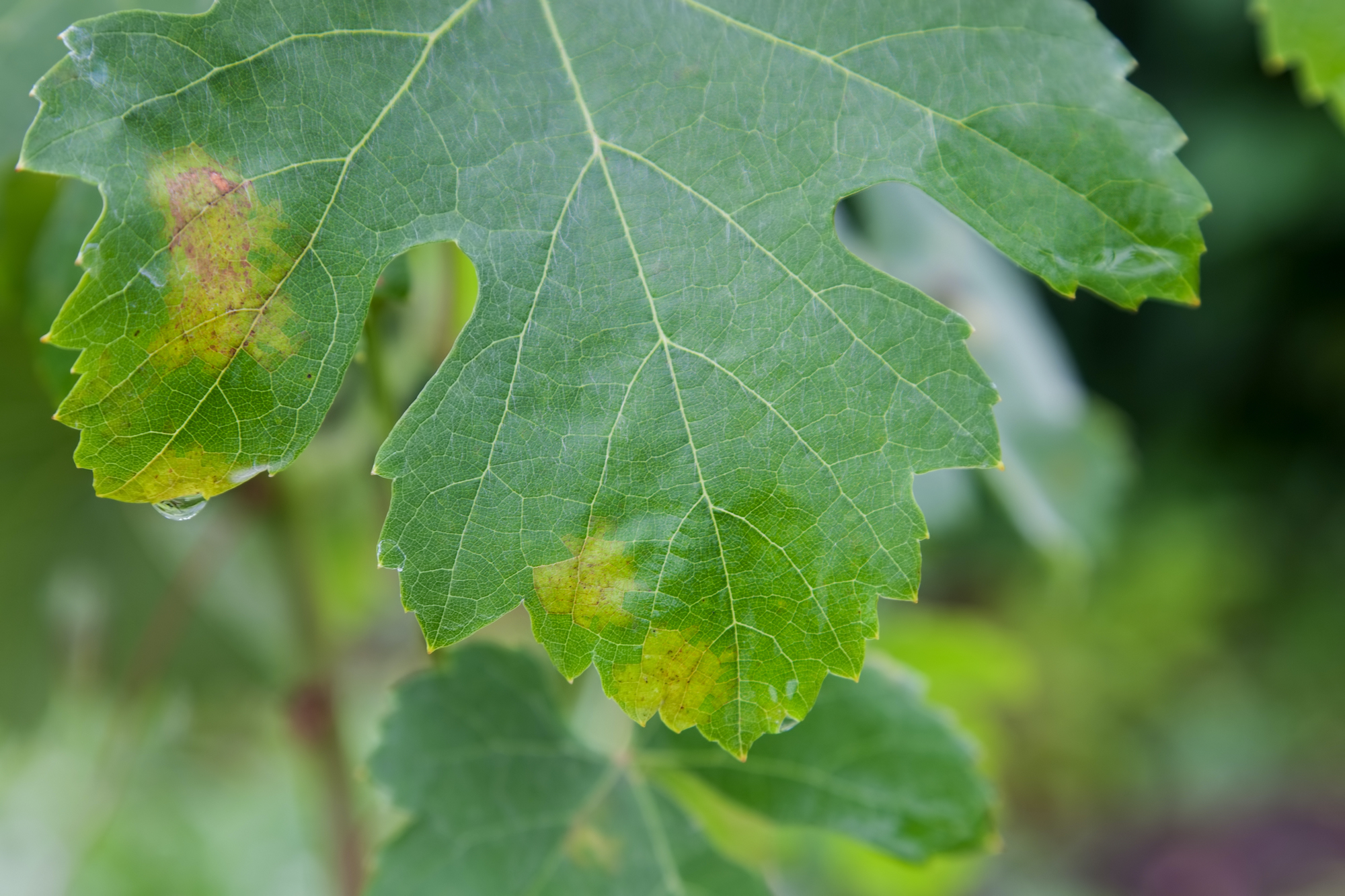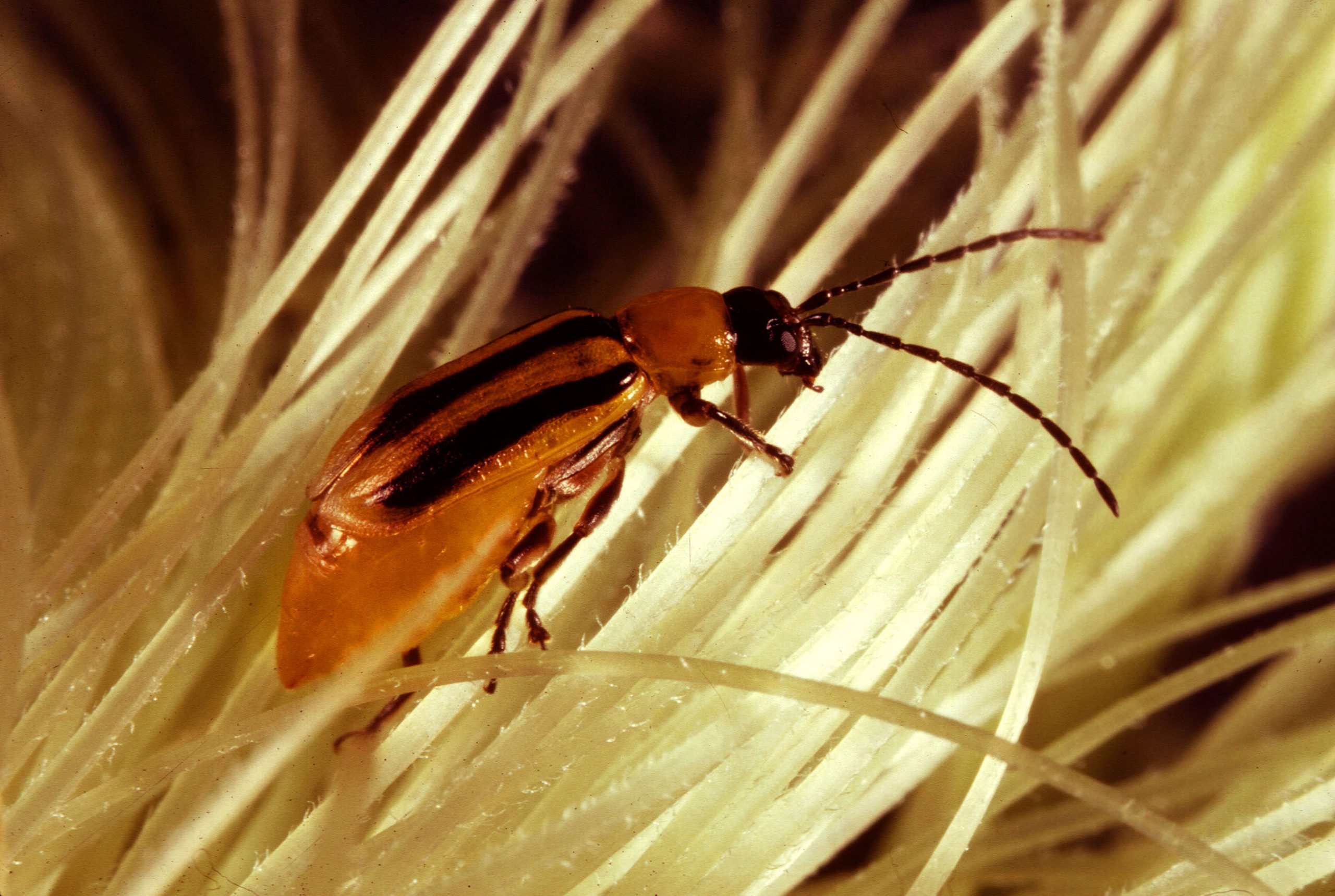Phytopathological modeling
3a develops phytopathological forecasting models based on the best available scientific literature.
They are based on hourly and / or daily meteorological data and on field data entered by the user (e.g. phenological phase).
The model outputs return information on the risk of infection in terms of probability or an estimate of the incubation period and the appearance of symptoms.
Risk evaluation of insect spreading.
3a has developed a dynamic model based on phenology that can be parameterized by crop and phytophagous, which is easy to manage.
For each insect there may be several simulated phases depending on the research studies in literature and on the characteristics of the insect. The calculation methods of the simulation curves are different according to the crop and the phytophagous.


